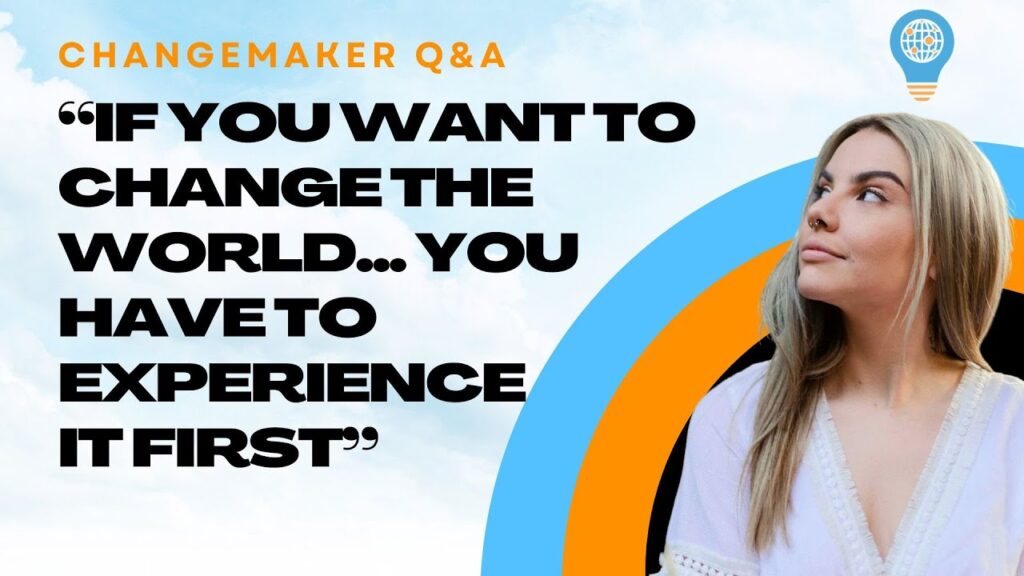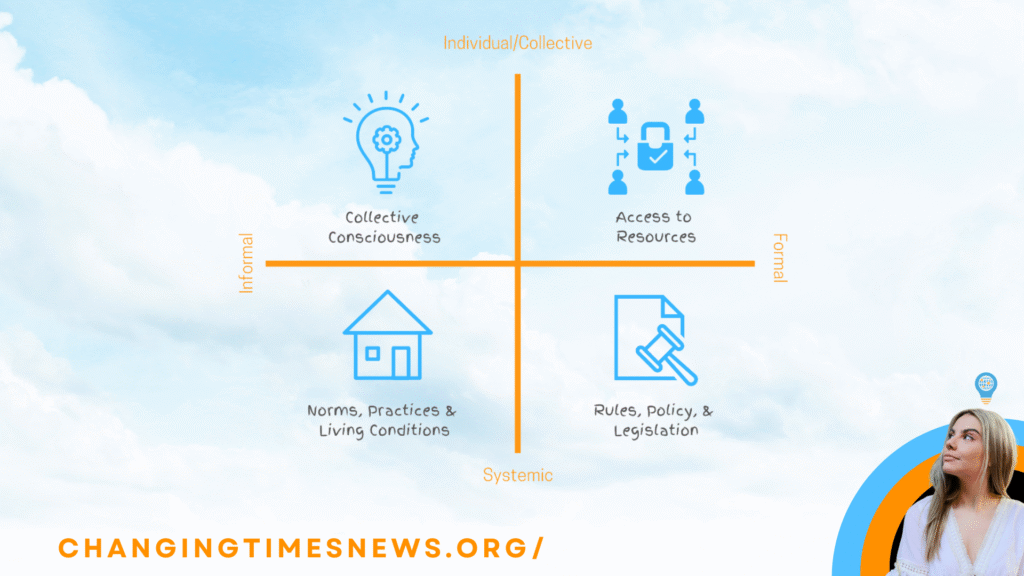What does it truly mean to be empowered? For decades, development frameworks have leaned heavily on metrics like education, income, or access to technology. But empowerment is far more complex—and more personal—than a checklist of material achievements.
In the latest episode of Changemaker Q&A, researcher and changemaker Tiyana J introduces listeners to her framework of transformative power, a concept she developed during her doctoral research on women’s empowerment and technology in rural development. The framework challenges conventional ways of measuring empowerment, instead emphasizing that empowerment is not a static state but an ongoing process rooted in human agency.
From SDGs to Real Lives
The journey began with the United Nations’ Sustainable Development Goal 5 (SDG 5): achieve gender equality and empower all women and girls. Among its targets is the use of digital technologies to advance empowerment. Yet, as Tiyana points out, the only official indicator for this target is the proportion of women versus men who own a mobile phone.
“That says nothing about whether mobile phones have actually been used to empower women,” she explains. Instead of relying solely on surface-level indicators, her research turned to the women themselves, asking what an empowered future looked like in their own lives.
This led to the development of a four-part framework of transformative power, based on what she calls the planes of being—the holistic ways humans exist in the world.
The Four Types of Transformative Power
- Power For (Material Power): The ability to access resources and create new opportunities—what is physically possible.
- Power Within (Psychosocial Power): The inner confidence, beliefs, and values that shape whether people see those opportunities as desirable and attainable.
- Power To (Structural Power): The freedoms and limitations imposed by social, cultural, and institutional systems.
- Power With (Relational Power): The collective strength that emerges when people collaborate, share resources, and work toward common goals.
Taken together, these forms of power highlight that empowerment is not about isolated achievements but about building capacity across multiple dimensions of life.

Why Empowerment Matters
Beyond personal growth, empowerment fosters resilience—the ability to stabilize, adapt, and transform in response to change. This echoes findings from resilience research across development and disaster studies, which emphasize empowerment as central to community adaptation and long-term well-being (United Nations University, 2021).
Moreover, the framework resonates with existing empowerment models, such as Naila Kabeer’s influential work defining empowerment as “the expansion in people’s ability to make strategic life choices” (World Bank, 1999). What sets Tiyana’s model apart is its holistic grounding in how humans exist—materially, psychologically, structurally, and relationally.
From Theory to Practice
The implications stretch beyond academic theory. Whether in healthcare, education, or grassroots organizing, the framework offers practitioners a way to ask: Are we giving people power across all four planes of being?
For example, in a health context, empowerment might mean providing not just medical access (Power For) but also confidence to advocate for one’s health (Power Within), supportive legislation (Power To), and networks of care (Power With).
Taking Empowerment Beyond the Bookshelf
As she shares in the podcast, Tiyana J’s next step is translating this research from academic theory into practical tools for changemakers and communities worldwide. Her vision: to make empowerment actionable, measurable, and transformative—beyond indicators and into lived realities.
Because ultimately, as her research participants reminded her, empowerment is never complete. You can always gain more power.


